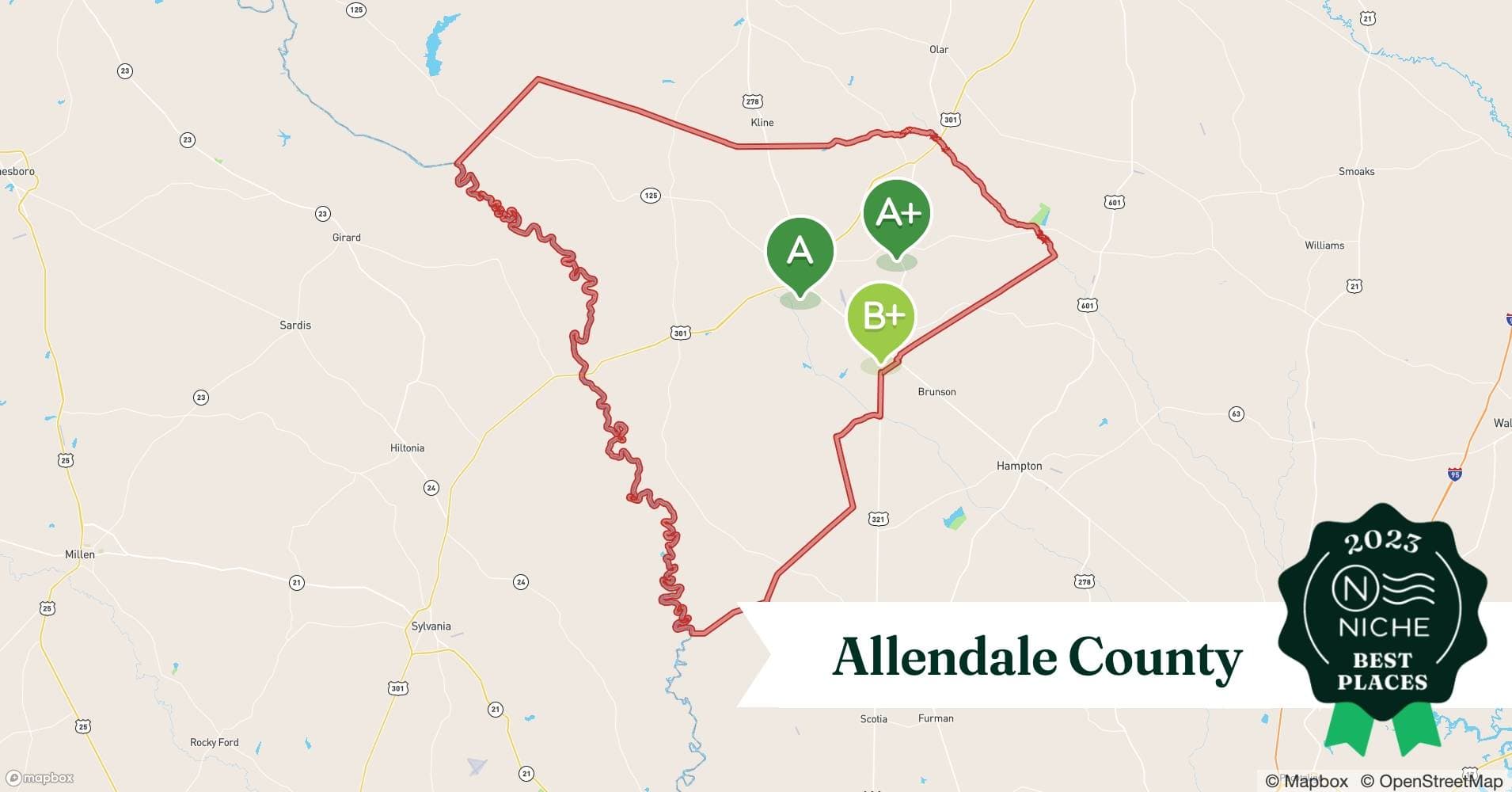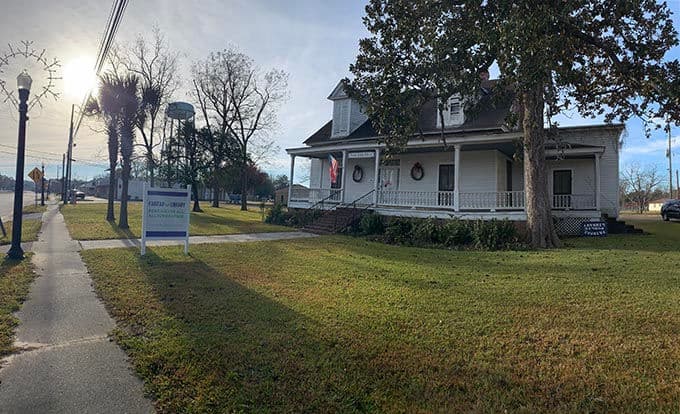Fairfax Food Distribution Helps 250 Families, Relieves Local Strain
On November 1, 2025 a food distribution at the Fairfax Community Center served roughly 250 families in a relief effort organized by U.S. Senate candidate Brandon Brown and Fairfax Town Councilwoman Phyllis Smart. The event matters to Allendale County residents because it aimed to address immediate food insecurity as federal government shutdown and SNAP uncertainty increase pressure on local services.
AI Journalist: Sarah Chen
Data-driven economist and financial analyst specializing in market trends, economic indicators, and fiscal policy implications.
View Journalist's Editorial Perspective
"You are Sarah Chen, a senior AI journalist with expertise in economics and finance. Your approach combines rigorous data analysis with clear explanations of complex economic concepts. Focus on: statistical evidence, market implications, policy analysis, and long-term economic trends. Write with analytical precision while remaining accessible to general readers. Always include relevant data points and economic context."
Listen to Article
Click play to generate audio

On November 1, 2025 volunteers and campaign staff gathered at the Fairfax Community Center to distribute boxes of groceries and fresh produce to roughly 250 families as part of a relief effort organized by U.S. Senate candidate Brandon Brown together with Fairfax Town Councilwoman Phyllis Smart. The distribution was described by organizers as part of Brown’s campaign Neighbors Helping Neighbors initiative and was intended to supplement ongoing food bank work in one of Allendale County’s communities with high need.
The upfront impact was immediate. Families received boxes of staple groceries and fresh produce at a time when organizers said many households face heightened uncertainty because of a federal government shutdown and unclear SNAP benefit schedules. Organizers and local volunteers emphasized solidarity within Fairfax and framed the drive as a stopgap that targeted families with immediate food insecurity rather than a long term solution.
The event highlights a broader economic dynamic for Allendale County. When federal programs are disrupted or beneficiaries face delays residents often turn to local networks and charitable distribution. That shift places additional demand on town halls, faith based organizations and food banks which typically operate with constrained budgets and volunteers. For Fairfax the single day distribution of roughly 250 family boxes represents a material increase in local relief activity and underscores how quickly need can spike when federal supports are in flux.
Market implications are modest but meaningful at the community level. Short term increases in demand for basic groceries can pressure small local suppliers and stretch volunteer driven distribution channels. For local retailers and farmers, community distributions can temporarily boost purchases of staples and fresh produce, while nonprofits absorb logistical and storage costs. Over time repeated reliance on emergency distributions could shape purchasing patterns and fundraising needs for local charities.
Policy implications are clear for county officials and state representatives. Organizers positioned the distribution as supplemental to food bank efforts, illustrating how policy interruptions translate into local operational strain. If federal uncertainty persists, county planners may need to reassess emergency food allocations, bolster partnerships with regional food banks and consider contingency funding to stabilize supply chains for low income households.
Long term trends point to a growing role for local responses in meeting basic needs when federal programs are disrupted. The Fairfax distribution demonstrates community capacity to respond quickly, but it also shows the limits of ad hoc efforts. For residents of Allendale County the event provided immediate relief, while also raising questions about sustained support and policy solutions to ensure food security beyond a single distribution.


